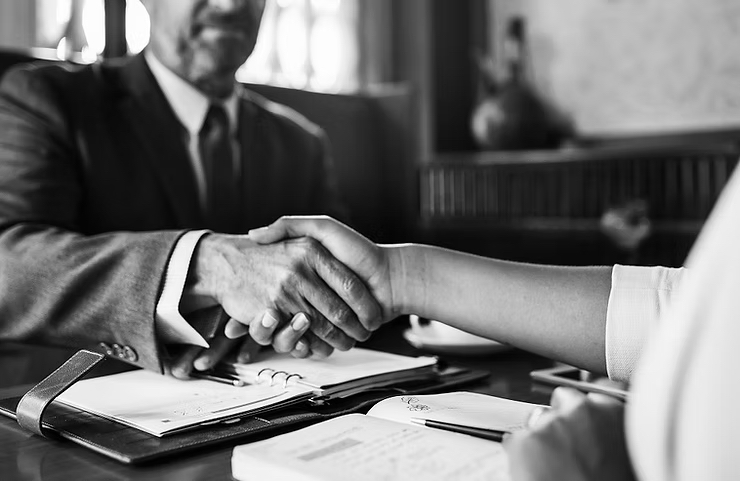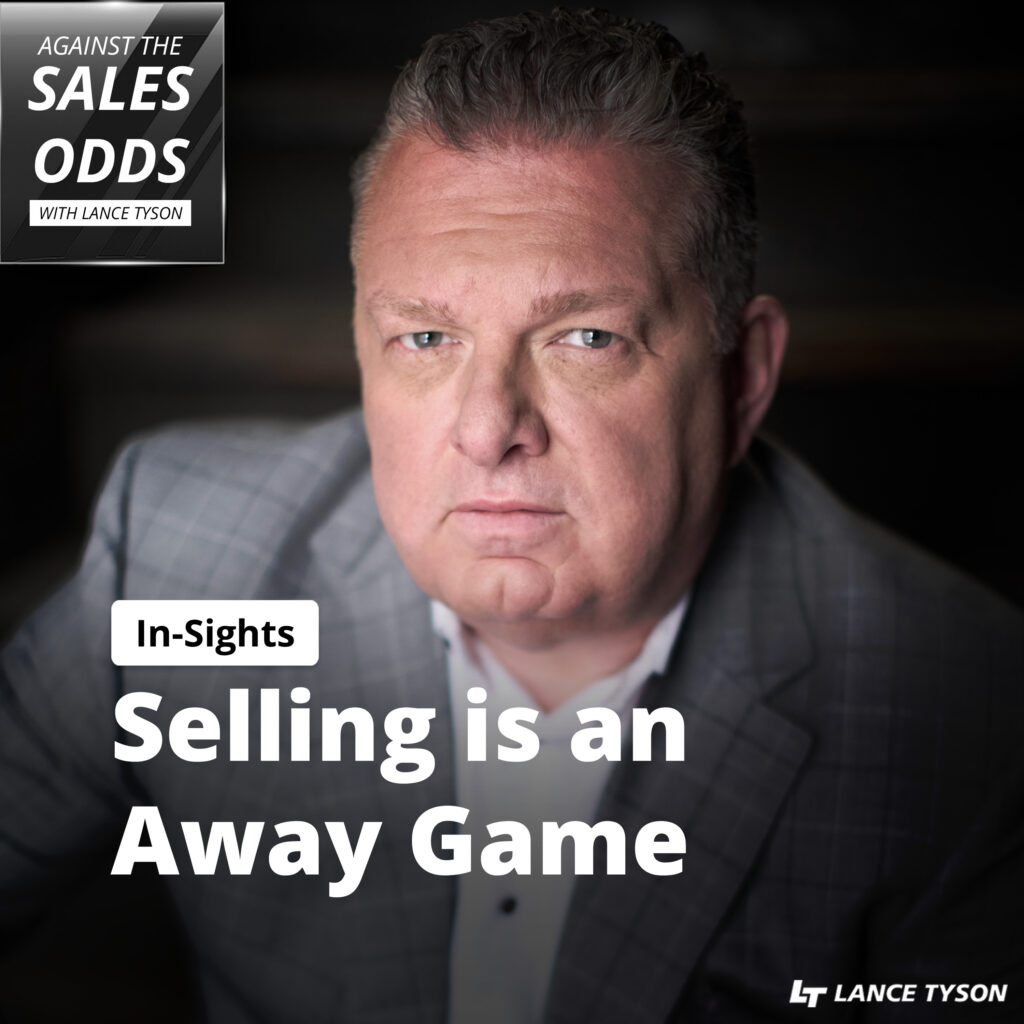In a previous post, we talked about a powerful tool salespeople can use to open their sales calls. That was the Impact Statement. Today, we’re going to look at another tool you can use to take control of your sales calls. This is the Why Speak Statement.
The Why Speak Statement is the last tactic in the connect stage of the sales process. The Why Speak Statement is where the salesperson can sit down with a buyer and create a favorable atmosphere where the buyer will want to interact with the salesperson.
We’ve done a lot of training with the Dallas Cowboys and the Cleveland Browns. One thing both these sales teams have in common is that their salespeople are extremely strong openers. When they’re on a conference call, a GoToMeeting or a face-to-face meeting, they work to create an atmosphere in which the potential client will open up about their business. They do this by sharing a little bit about their own business.
Now, If you think about that behavior, it makes all kinds of sense. Have you ever sat down in an airplane and had someone spill their life story to you? When that happens, you typically feel compelled to return the favor. If we step back into the doctor’s office analogy, this is what we mean by bedside manner. The more comfortable we are with the doctor, the more open we’ll be about our lifestyle and how we feel.
What Does the Why Speak Statement do for your Sales Calls?
In the Why Speak Statement, the salesperson uses their communication skills to speak about the benefits of the conversation. They’ll say things like, “Our conversation today is to talk about how you can leverage some of the assets of the Dallas Cowboys to ultimately help you drive your business,” and then get the prospect to say, “Yeah, that makes sense.”
Then the salesperson can continue. “In order to do that, I suggest we talk a little about your role and your business.”
That’s a next step taken. The salesperson looks the prospect in the eye. “Does that make sense?”
The prospect says, “yes”. And now, the salesperson has created this environment where both parties are going to connect and qualify each other.
An Example of a Why Speak Statement in Action
Here’s an example of what I’m talking about. One of our good customers is the Dallas Cowboys Partnerships Team, which sells a variety of partnerships, like naming rights to the stadium. We were doing a training/coaching session with two of their VPs because one of the big-three accounting firms was interested in leveraging their firm with the Cowboys’ brand. They had a phone meeting set, so I asked Scott, one of the VPs, what his approach would be.
He said he’d start with pleasantries, get into some of the options that he had been thinking about, and then drive to the next step. I coached him to think more strategically, put the ball in their court, and use a strong Sales Starter and Impact Statement.
Scott is a pro. And he’s very coachable. So, when it was game time, Scott executed the sales call flawlessly. He got through the pleasantries and immediately asked the partner of the accounting firm how much time he had. From there, Scott told him that the meeting was to discuss how the accounting firm could leverage the Cowboys’ brand to increase business. Then Scott launched into his Why Speak Statement, which outlined the context of the call as follows:
- First, we’ll talk about what thoughts you have to see how this can best work.
- Then we’ll go over some ideas we have.
- Next we’ll agree on the best possible solution.
- And then we’ll identify our next steps.
He then used a Trial Close to determine the prospect’s level of interest and to ensure everyone was on the same page: “How does that sound?”
The partner of the firm said, “That sounds dead on.”
Building Rapport in Your Sales Calls Using This Tool
Scott went back to his first question: “How do you see a partnership with the Cowboys working?” The partner went on to outline what it looked like, potential budgets, and what they had previously done. Because Scott used a Why Speak Statement and facilitated the call in the right order, he was able to get the prospect to outline what business would look like with them and outline their ideas. They say when you negotiate, you’re always positioning early to get the other person to go first. In that case, Scott won the meeting.
So, in this process, we have to connect and qualify our prospect to reach a point where we can start building rapport. Everyone thinks that sales is about building relationships. Sales isn’t about relationships. Sales is about rapport. Relationships are an outcome.
Remember, rapport is crucial to sales. Rapport, credibility, and understanding the buyer are three sides of the sales outcome triangle. Everything you say and do, even your appearance, either adds to your credibility or detracts from it. Credibility yields trust, and if you have trust, your rapport improves. At the same time, you need to demonstrate that you understand the buyer. When those things happen, in equilateral balance, you sell.

Connecting, however, is the first step toward doing that. It’s the step where you overcome preoccupation in the mind of the buyer. You’re going to do a much better job at connecting if you remember that the process is a two-way street. And you must put in the time, practice, and effort to strengthen your Sales Starters, Impact Statements, and Why Speak Statements.
Only then can you create an environment that will advance you to the evaluation stage in the sales process.
Want More Powerful Ideas on Opening Sales Calls?
Because the two are so similar, many of the ideas we use when opening a sales presentation are similar to those in opening sales calls. For additional ideas on getting your audience’s attention, from a single prospect to a room full of decision makers, download our digital publication, Persuasive Sales Presentations, here.




